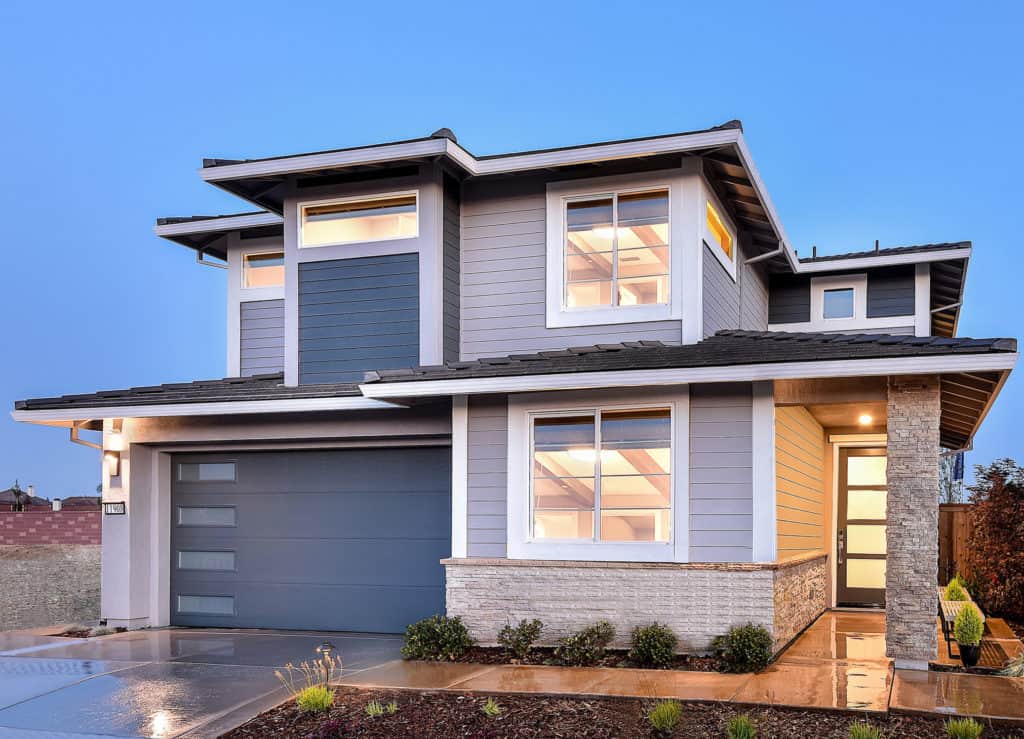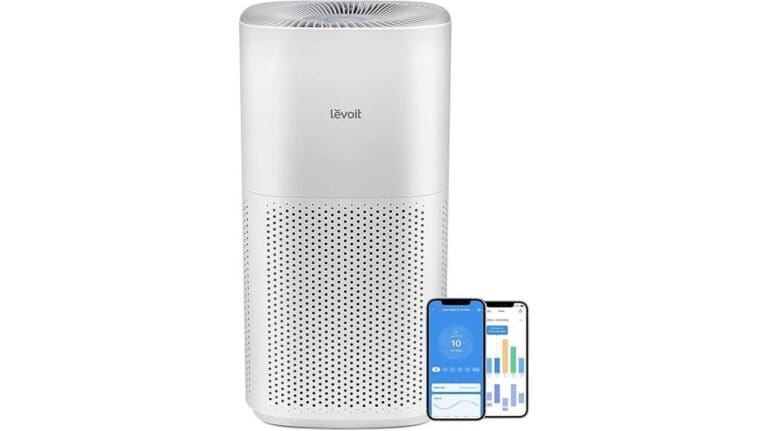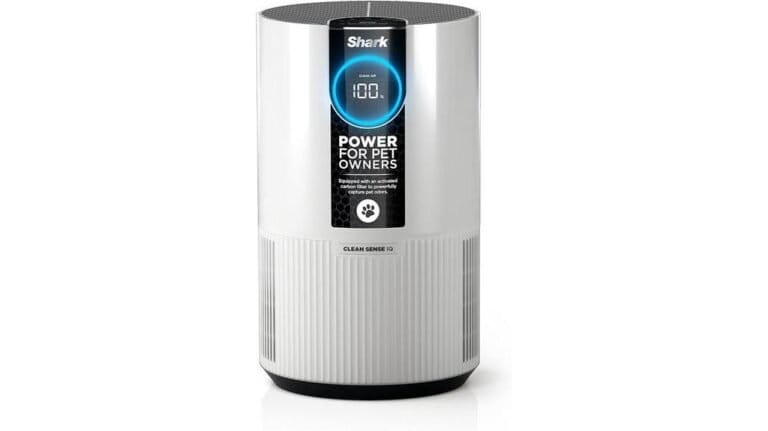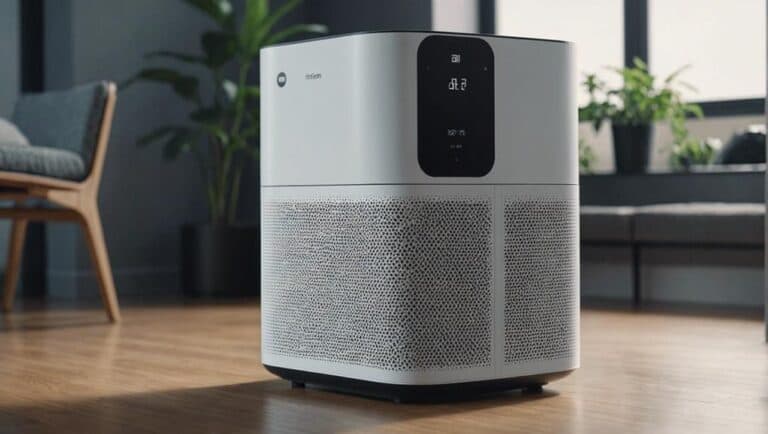Expert Tips on Cooling the Upstairs of Your Two-Story Home
Summer is here, and as temperatures soar higher, keeping your two-story home cool becomes a daunting task. It’s not uncommon to experience temperature differences between the upper and lower levels of a house due to various factors such as insulation, orientation, size of windows, type of roofing material used etc.
While it may be tempting to crank up the air conditioner or install additional units upstairs for relief – these methods are often expensive and energy-intensive. What you need are practical tips from experts on how to cool down the upstairs without breaking a sweat or draining your wallet.
In this article, we’ll share some tried-and-true techniques that can make all the difference in creating a comfortable living space throughout your entire home during those scorching summer months.
Understanding the Science of Heat and Airflow
Understanding the science of heat and airflow is crucial when it comes to cooling a two-story home. Heat rises, which means that the upper levels tend to be warmer than the lower ones. Additionally, air tends to flow from high pressure areas towards low-pressure ones – which can impact how cool air circulates within your house. By understanding these basic principles, you’ll be better equipped to come up with effective cooling strategies for your upstairs without relying solely on expensive AC units or fans.
Factors such as insulation, orientation, window size and roofing material can all play a key role in impacting temperature differentials between floors. For example, homes facing north tend to have more shaded windows and experience less direct sunlight overall – making them cooler during summers. Similarly, having proper insulation installed can help prevent warm attic air from seeping into your living spaces – reducing overall indoor temperatures significantly.
Understanding such variables is crucial not just for keeping your home comfortable but also conserving energy over time while staying cool during peak summer months.
Maximizing Natural Ventilation and Airflow
Maximizing natural ventilation and airflow is a cost-effective way to cool the upstairs of a two-story home. One practical tip is to open windows during the cooler parts of the day, such as early morning and late at night, when outside temperatures are lower. Cross-ventilation can be achieved by opening windows on opposite sides of a room or hallway, allowing air to flow through freely.
Another effective strategy is to use ceiling fans or portable fans in tandem with natural ventilation. Fans help create a cooling breeze that can circulate stagnant hot air out of the upper floors and bring in fresh outdoor air. It’s important to note that fans should only be used when someone is present in the room because they don’t actually cool down the temperature but simply create an effect similar to wind chill.
By maximizing natural ventilation and airflow, you can avoid relying solely on costly air conditioning units for cooling your two-story home’s upstairs area during hot summer months. These simple strategies can lead not only to energy savings but also provide you with more comfortable living conditions without breaking your bank account.

Utilizing Shades, Curtains, and Window Films
One affordable and efficient method of cooling the upstairs area of your two-story home is by utilizing shades, curtains, or window films. Sunlight that enters through windows can significantly raise the temperature in a room, so ensuring that you have adequate window coverings can work wonders. Shades or blinds on south and west facing windows will help block out excess heat during the day while allowing cool air to circulate. By closing them at night when it is cooler outside, you’ll be able to retain the cooled down temperature indoors for longer.
Another viable option is installing curtains with reflective backing as these are not only an effective way to keep unwanted sunlight out but also reflect heat back into space where it belongs. For something more permanent, consider window film which reflects up to 80% of solar radiation away from your home’s interior. Unlike traditional tints, this modern solution reduces glare without obstructing your view which could prove much better compared with drapes or shutters especially if they limit natural light access into key areas like bedrooms and living rooms making them appear smaller than their actual size.
Choosing the Right Ceiling Fans and Air Circulators
When it comes to cooling down the upstairs of a two-story home, choosing the right ceiling fans and air circulators can make all the difference. Ceiling fans are an affordable and energy-efficient way to keep cool during summer months, but not all ceiling fans are created equal. Look for models with adjustable speeds, blade pitch angles, and efficient motors to ensure optimal airflow. Consider installing multiple ceiling fans in larger rooms or areas where heat tends to accumulate.
Air circulators work by moving hot air out of an area while circulating cooler air in. They are particularly helpful for 2 story homes as they do not rely on gravity like traditional floor standing oscillating fans which push cold or warm from bottom up – only effective at lower floors but on higher levels misses complete effect as they no longer have any momentum left hence becomes less effective (although still somewhat better than nothing). It’s important to select a size appropriate for your room; larger units will be more effective in spreading cool air across greater distances while smaller ones will work well in localized settings such as bedrooms or offices. Remember that both ceiling fans and air circulators require regular cleaning to maintain peak performance – so don’t forget this crucial step when selecting models!
Adjusting Your Thermostat and HVAC System
Adjusting your thermostat and HVAC system can play a significant role in cooling the upstairs of a two-story home. Setting your thermostat at a comfortable temperature, typically between 72-78°F, can help regulate the temperature throughout the house. Additionally, using ceiling fans to circulate air can make the upper level feel cooler during hot summer months.
Another strategy is to modify your HVAC system by balancing the airflow between both floors. This ensures that conditioned air is distributed evenly throughout your home. A professional technician could install dampers in ductwork or adjust registers on individual floor vents to achieve this balance.
By taking these steps and conducting routine maintenance on your HVAC system, you may find that keeping cool all summer long becomes more manageable.
Managing Humidity and Air Quality
Managing humidity and air quality plays a crucial role in keeping your home cool during the summer. High levels of humidity can make the air feel warmer than it actually is, making it uncomfortable to stay indoors. Therefore, using dehumidifiers can reduce moisture content in the air and improve overall comfort levels.
Additionally, maintaining good indoor air quality by changing or cleaning HVAC filters regularly enhances airflow throughout the house. It ensures all rooms have consistent cooling while reducing energy costs over time. Proper ventilation such as opening windows at night when outdoor temperatures are cooler allows fresh outdoor air to circulate—bringing relief from stuffy indoor spaces and supporting healthy breathing.
To conclude, managing humidity and enhancing indoor air quality reduces heat buildup upstairs—the keys to comfortable living temperatures in two-story homes without necessarily spending exorbitant amounts on utility bills or additional equipment installation.
Implementing DIY Solutions and Upgrades
Implementing DIY solutions and upgrades is an alternative method to cool down the upstairs of a two-story home during hot weather conditions. One effective solution is to install insulation on the attic floors and walls, which can significantly reduce heat transfer between the upper and lower levels. Additionally, sealing drafts or air leaks around windows and doors will prevent warm air from infiltrating your house.
Another option to consider when implementing DIY upgrades is applying sun control film on east-facing windows that receive the highest amount of sunlight exposure, as this simple upgrade has been shown to help regulate interior temperatures. Installing ceiling fans in each room may also be beneficial for homes with high ceilings since they promote better airflow by circulating more cooled air downwards while drawing out hotter air upwards.
In conclusion, DIY solutions such as installing insulation properly, sealing gaps around doors or windows while using sun control films are cost-effective methods that work excellently in cooling up the upstairs without breaking your bank account. With these practical tips from experts at hand-in-hand you can quickly make your house comfortable throughout summer seasons despite variations in temperature between different areas inside it!







One Comment